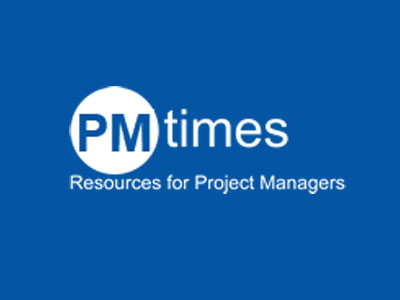Do you have to collaborate across functions to be successful? How about cross-companies? Project team collaboration is no longer sufficient. Neither is cross-functional collaboration! I’m seeing an increasing trend towards projects that require cross-company collaboration. Find a way to get onboard; otherwise you’ll see your competition pass you in the fast lane.
I’m partnering with a mid-market aerospace company who is knee-deep in cross-company collaboration. Not only is cross-company collaboration required to ensure their #1 goal is met (service levels) but it also has the potential to increase revenues and productivity. What could be more important?
In this situation, we are partnering with several of the top 10 customers to develop and implement customer inventory programs which will deliver “win-win” results – improved service levels and inventory levels for the customer, improved lead times and flexibility for the manufacturer. No capital investment. No lengthy start-up. Instead, it requires cross-company collaboration. Could it become your strategic advantage in the marketplace?
We started to show results almost immediately – and several will kick in down-the-line. So, what have been the keys to success? 1) Start internally. 2) Collaborate. 3) Communicate.
- Start Internally: Interestingly, the first step to ensure success was to start by focusing internally. If our house wasn’t in order, we certainly would lose credibility quickly with the customer. I’ve learned that you can lose a customer in a day yet it can take years to win them back (and most times, it will be at a lower price point). Thus, the secret to collaboration is to make sure you are ready to start.For example, prior to talking with the customer about the customer program, we completed several internal check points: 1) Review the people, processes and systems related to the functional areas affected by the potential customer programs. 2) Update job descriptions and put the right people in the right positions and/or hired as applicable. 3) Develop a baseline process starting point. 4) Develop a team to interact with the customer. 5) Explain the value to the team. These might sound like basics yet I find they are overlooked frequently – why start on the wrong foot? At a minimum, double check!
- Collaborate: The next step is to initiate a conversation with your customer. It can be as simple as picking up the phone. Bring up the subject of developing “win-win” programs. Talk about the potential results for your customer. Ask for feedback. Find out what would be of the most help to your customer. Often times, customer programs can be tweaked to find the optimum solution for both parties. Collaboration is a give-and-take process.For example, in my aerospace client, there are 3 or 4 different types of customer inventory programs utilized. Although they are identical from a philosophy standpoint, they typically have 20% difference in how each specific program is executed. This allows for what works best for each customer.
- Communicate: Developing the customer program is the easy part! Similarly to strategy, projects don’t fail in formulation; they fail in implementation. Thus, the key to sustainable success is communication. Once is not enough; instead, communicate, communicate, communicate.For example, we set up a new process to how we’d enter customer orders based on what would work best for a particular customer. We thought we had the details all worked out but it turned out we had significant questions when it came down to execution. If we hadn’t set up a weekly call to ensure consistent communication, we’d have made false assumptions and would have wasted time, effort and potentially lost our customers’ faith due to lack of progress. Instead, we brought up our concerns and were able to talk through them until we came to a resolution.Communication not only ensures consistent clarity which is required to meet critical path milestones but it also creates an environment of teamwork and collaboration. You never can learn enough as to how to effectively communicate – consider it a lifelong journey.
In today’s new normal business environment, more and more companies are looking for ways to increase revenues, improve service levels, reduce costs, increase productivity and optimize inventory levels. We are running out of “magic bullets”. It’s time to look to our supply chain partners to collaborate for our joint success.
Published in “Project Times” website, April, 2012
Click here for original article.



